So ladybug or Ladybird? …They’re red (mostly), they have spots and they’re generally considered cute! But they go by many names.
I call them lots of things! But that’s because they’re known by lots of names everywhere, and because of the global availability of my website, I try to make sure I cater to what everyone calls them
So is it Ladybug or Ladybird? Entomologists widely prefer either a ladybird beetle or a lady beetle. Officially they’re not bugs, they’re beetles. Unofficially, there are many names worldwide. In the Americas mostly Ladybugs. In the UK, they’re Ladybirds. Europe though has many names in many languages. Here’s the list…
Ladybug or Ladybird …
So let’s explore the names a little further. And for the purposes of this article published on ladybug planet, I’m going to call them Ladybugs, but as I often do on here, I’ll throw in a few other names too.
Ladybug or Ladybird – Neither Name is Officially Correct
If you ask an Entomologist, they will tell you it’s neither a bird nor a beetle. Preferring Ladybird Beetle or Lady Beetle seems to be more like a compromise
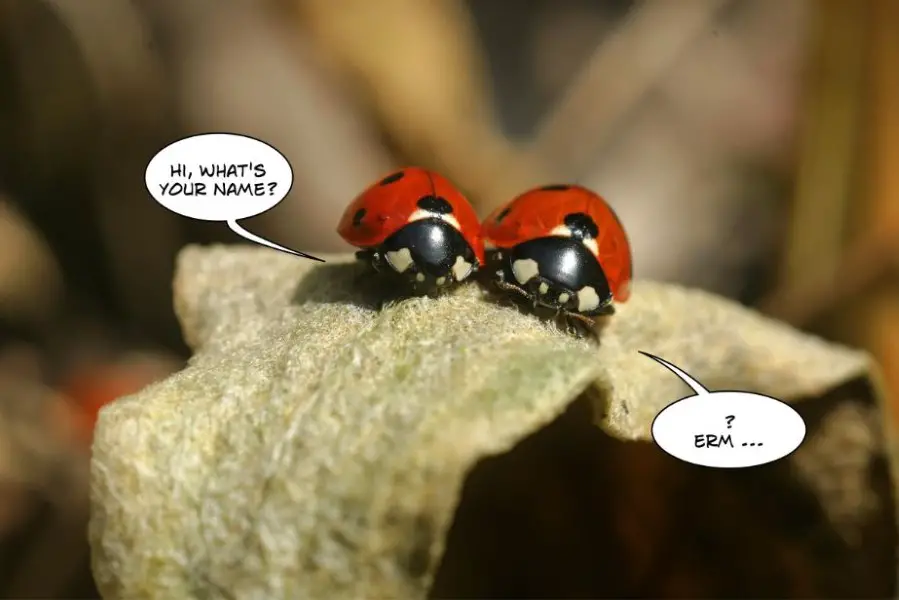
Who Named Them Ladybug or Ladybird? the Etymology!
Let’s look at what we officially know about the Etymology of the ladybird, then explore what legend says about this. To start with, we we have to go right back to the dark ages… Well almost.
Recorded Use of the Words Ladybird and Ladybug
We pretty much know the term ladybird came first. The Oxford English Dictionary has citations for ladybirds dating back to 1674, and for the Ladybug from 1699.
According to Etymonline, there’s also an entry for Lady-bird dating back to the 1590s, meaning ‘sweetheart‘, a term of endearment, from lady + bird. As for the name of a type of beetle, that’s recorded as being named from the 1670s, which of course is the earlier form of the word Ladybug.
According to an entry in StackExchange, the use of the first word was indeed Ladybird in the 1870s. Ladybug was used from around 1900, but both words have been in use since.
(X axis: year, Y axis: incidences per million words)
Folklore Use of the Words Ladybird and Ladybug
In Legend however it’s a different story, and for that, we go back even further to the middle ages. Which is a big portion of time, that’s anywhere between the 5th to the 15th century!
It is said, two (or more farmers), were inspecting their crops and discussing how blighted by aphids they were. Clearly a particularly bad year for aphid infestation.
The farmers prayed and pleaded for some divine intervention to come and save their crops. Then, (so it goes) from the sky emerged a swarm of beetles. The Ladybirds covered the crops and began to devour the aphids. The farmer’s, feeling suddenly blessed, saw the colors of the Ladybirds and thought of the Virgin Mary.
The Virgin Mary was depicted wearing a red cape with seven spots. Said to represent the seven joys and seven sorrows. The seven joys and sorrows refer to religious meanings.
So then the name Ladybird was born, or rather the short version of ‘Bird of our Lady’.
What Does It Mean When You Dream About a Ladybug?
Find Out Here
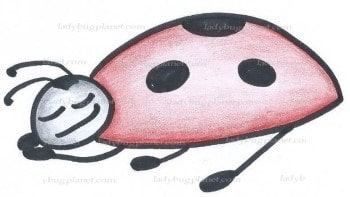
Ladybug or Ladybird in Other Languages and Dialects
Since that time, the name Ladybug has been translated and transformed across different languages and cultures. Often with minor changes in translations often offering up different meanings. Within cultures too the name can vary from region to region.
Below is a list of names that I’ve researched for the Ladybird in a mix of other countries and languages. Tell me below what it’s called in your country if it’s not listed and I’ll add it.
- North America – Known as ‘Ladybug’ of course, but also often called ‘Lady Beetle’.
- Russia – they’re Божьи коровки which literally means ‘god’s
lil cows’ - Netherlands – it’s called
lieveheersbeestje . Translatedto English as: ‘loving lord animal’. Or alternatively, they’re also called ‘Lieveheersbeestjes’ in Dutch, this meaning roughly translates to ‘Tiny Animals of Our Lord and Savior,’ or ‘Sweet Lord Bug’, or even ‘Little Good Lord Animal’. - Spain – ‘Mariquita’ which translates roughly to mean ‘Little Mary’
- Portugal – ‘Joaninha’ (thanks to Mónica for her comment on this)
- Hebrew – they’re called ‘Parah Moshe’, or even ‘Moses’ Cow’
- Switzerland – ladybugs are called ‘Good God’s Little Fairy’. I imagine in various languages spoken throughout the Country
- German – name ‘Marienkäfer’ translates to ‘Marybeetle’ or, actually, literally, ‘Mary-chafer’
- Norway – they’re called in Norwegian ‘marihøne’. or ‘Mary’s Hen’
- Vietnamese – they’re called ‘bọ rùa’, which literal translation means ‘Turtle-bug’ which kind of makes sense
- Luxemburg dialect, they’re called ‘Himmelsdéiercher’, which translates to ‘Heaven Animals’. I like that!
- Irish – they’re called ‘Bóín Dé’, which means ‘God’s little cow’!
- Hindi – they’re called ‘veer
bahuti ‘ which most likely means ‘Brave Beautiful Maiden’ - Finland – it’s called ‘Leppäkerttu’, which in literal translation is: ‘Alder Gretel’.
- Swedish – they’re called ‘Nyckelpiga’ which is kind of meant to mean ‘Key Girl’
- Denmark – they’re known in Danish as ‘Mariehøne’, meaning ‘Marie Hen’, or ‘Mary Chicken’
- Brazil – they’ve called it ‘
joaninha ‘, which means ‘Little Joane’ - Greek – ‘πασχαλιτσα’, roughly translates to ‘Little Easter’
- Hungarian – it’s called ‘
katica ‘. Which as far as I can tell doesn’t actually mean anything. - Polish – they’re called ‘Biedronka’ which just means Ladybug or Ladybird.
- Areas of the Middle East – they call it um
ali ‘ mother of Ali’ – Who Ali is no one seems to know - Czech – They have two common names for it. ‘Slunéčko’ meaning ‘little sun’, and ‘Beruška’ which is likely to refer to the Ladybirds spots
- Slovak language – Commonly called ‘
lienka ‘ which has no other meaning, but sometimes it’s called ‘panbozkova kravicka ‘ which translates as ‘Lord God’s little cow’. - Icelandic – it’s known as ‘Maríuhæna’. Which when translated directly, means ‘Marie’s Chicken’.
- Japanese – They’re called てんとう虫 which translates directly as ‘Ladybug’ (thanks for the comment Carol)
United Kingdom, as well as being referred to as ‘Ladybird’ throughout the country. They actually have many regional dialect names, however, many of them are no longer used. Such as the ‘May-bug’ or ‘Lady-cows’.- In Suffolk County, England – they’re also known as ‘Golden-knop’ or ‘Golden bugs’
- In Norfolk County, England – they have variations of ‘Bishop-Barnaby’, ‘Barnabee’, or ‘Burnabee’, ‘The Bishop-that-Burneth’, and ‘Bishy Bishy Barnabee’. Undoubtedly references to Bishop Barnaby, but there’s no mention of his exact involvement.
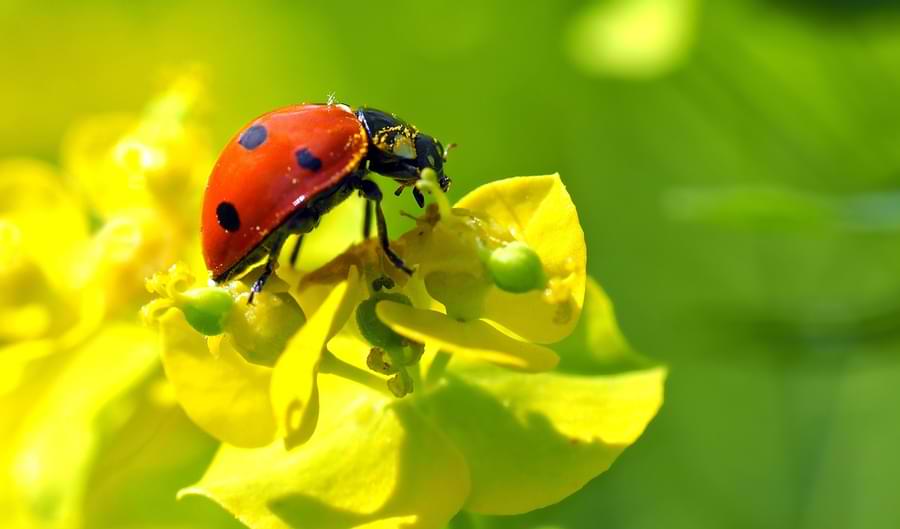
Names for the Asian Lady Beetle
I also discovered a few additional labels for the specific type – Harmonia axyridis, the invasive species spreading throughout the US, UK, then into Africa, and Europe. Other than those names we already know them as.
- United Kingdom – these are known as the ‘Harlequin’ Ladybird – which kind of seems fitting. Upon its first arrival in the UK, it was jokingly known as the ‘Many Named Ladybird’.
- North America – Called the ‘Asian Ladybeetle’, ‘Multicolored Asian’, or ‘Halloween Ladybeetle’ – due to its October home invasions!
- Other commonly used names also include; ‘Southern Beetle’, ‘Japanese Beetle’, ‘Pumpkin Ladybird,‘ and ‘Multivariate’.
Did I miss your country or regional dialect name for Ladybug? Let me know in the comments below and I’ll happily research it further and add it to the list. Let’s see how many translations we can get to. Likewise, if I have it incorrect also let me know.
This all assumes it’s Actually a Ladybug You Found?
Check That here
Ladybug or Ladybird – Conclusion
When I started this website I didn’t know all these names existed for one tiny bug… sorry, Beetle! It’s amazing what you can find out!
I suppose it stands to reason with so many languages, dialects, and cultures in the world. So to answer the original question, there is no difference … at least not in the Ladybugs themselves. There’s just a difference in our languages and cultures.
Why not find out more amazing facts here, or other Frequently Asked Questions. Alternatively, head over to my resource page for plenty of worksheets and educational material. As well as some ideal gifts that I’ve spent years sourcing.
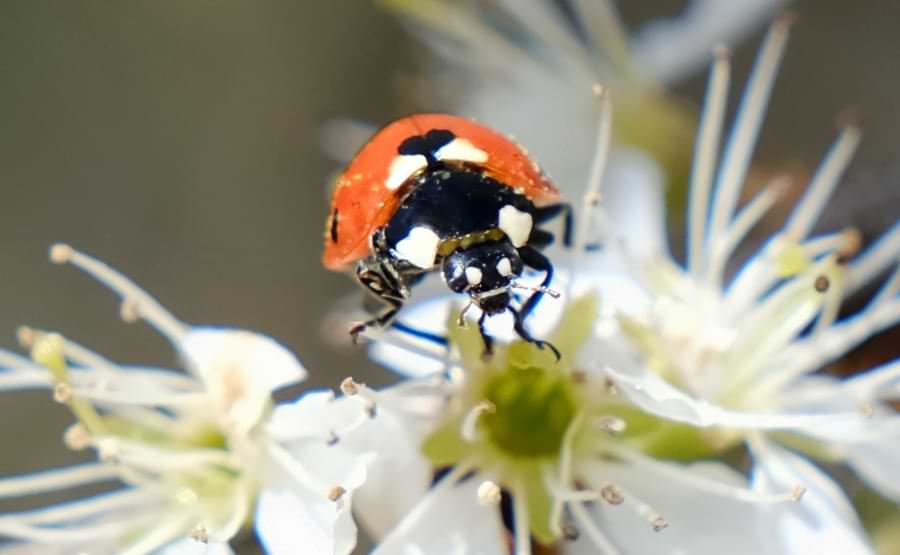
Related Questions:
What is a Group of Ladybugs Called? A bit like we refer to a ‘Gaggle of Geese’. A collection of Ladybugs also has a name. Instead of the commonly referred to ‘swarm’ of Ladybugs. They’re known as a ‘Loveliness of Ladybugs’. They are also referred to as a ‘Bloom of Ladybugs’ – which is my favorite!
An example of use might be, ‘I walked by your house the other day and saw a Bloom of Ladybugs!’

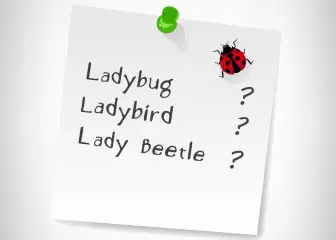

In Japanese it is called てんとう虫 (tentoumushi). Mushi is an insect and tentou means spotted.
Thank you very much Carol, I’ve updated the article 🙂
In Euskara (Basque language) we refer to this animal as marigorringo, which can be translated as redlady or redmary more or less. This term is the most used but there are other 10 similar names on this animal’s wikipedia entry (Basque version, at the very beginning).
It is very interesting to see the myths related to the animal in Basque culture, they say it has the ability to change the weather or to anticipate its changes. That is why there are so many expression of people asking these animals what weather are we going to have in the near future.
Congrats for the interesting article!
A great contribution, thank you Beñat 🙂
in Portugal we call it Joaninha
Thank you Mónica, I’ve updated the article 🙂
Hello, Pamela-Anne,
In French, there are dozens of names for it according to the regions, as mentioned by the famous “La Hulotte” in its nr 108 (www.lahulotte.fr).
The most usual one is “coccinelle”. Then comes “bête à bon Dieu”.
Best regards,
Christian Falise
Virelles
That’s wonderful to hear! Thank you, Christian!
In Italian it’s called coccinella that is more similar to the Latin version of it 🙂 as is it in French (coccinelle) being both language coming from the Latin. It’s interesting to notice that Spanish and Portuguese have changed their latin version, I’m not sure why is that…
Great input, thank you, Rubel.